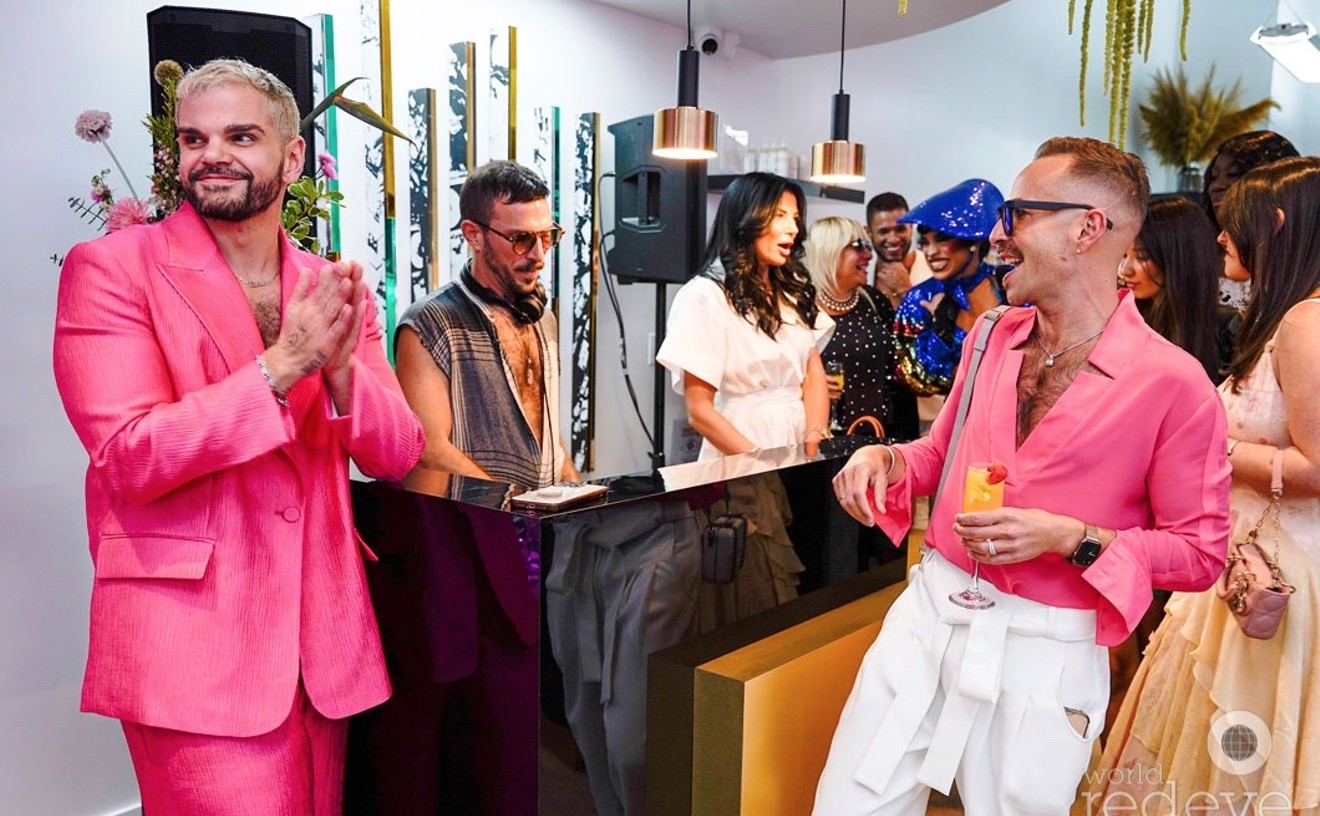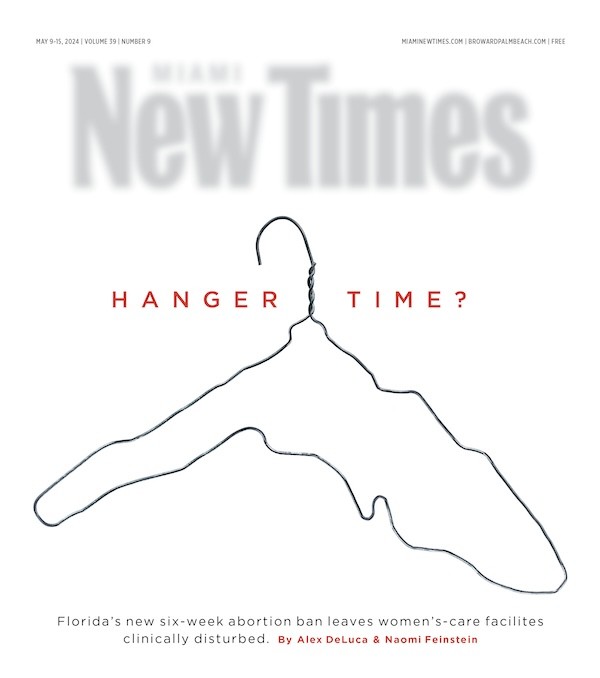Although citrus trees aren't indigenous to North America or Florida, the orange has been synonymous with the state for decades. From postcards to tourism ads, through crop booms and frosts, the happy fruit has endured as the Sunshine State's fruit and beverage, marking its place in pop culture. Taking inspiration from a major Miami event featuring the fruit, the Wolfsonian-FIU and pop-up bookstore Exile Books have collaborated on the museum's latest exhibition: "Orange Oratory."
The concept of "Orange Oratory" stems from a 1939 Miami Herald article announcing the opening of the 27th Avenue Bridge over the Miami River, the original home of the Bridge Tender House, a notable Miami landmark today located in front of the museum on Washington Avenue. Headlined "Fruit Juice and Oratory to Feature Span Opening," the article detailed organizers’ choice of fresh-squeezed orange juice to toast the new architectural landmark with city officials and the Miami community.
"During my initial research, I was enamored by an article that I came across about the 1939 opening ceremony of the 27th Avenue Bridge Tender House," Exile Books' Amanda Keeley tells New Times. "For the opening reception, women from the [Public Works Administration] distributed fresh orange juice, and local politicians spoke. This seemed like such a quintessential and romantic event — refreshments and conversations — and how somehow I could create a homage to this historic community gathering moment."
The Bridge Tender House is one of two stainless-steel hexagonal structures in the art deco style that sat at the ends of the NW 27th Avenue Bridge in Miami after its 1938-39 expansion. (It was saved from demolition in the late 1980s when the bridge was again rebuilt.) On view from November 6 through January 31, 2016, "Orange Oratory" takes form as a neon sculpture suspended inside the Bridge Tender House, creating a bright-orange beacon connecting to that historic moment. Further marking the occasion, the Wolfsonian and Exile Books will informally rec-reate the 1939 inauguration ceremony at their opening reception with complimentary orange juice this Friday.
"The government authorities who funded the construction of the 27th Avenue Bridge saw it as an expression of public welfare," Wolfsonian curator Matthew Abess tells New Times. "The members of the Know-Your-Neighbor Club saw it as an occasion for citrusy communion. Now, in 2015, we encounter it in the context of a very different world, bringing new resonances to bear not just on the structure, but on our present culture and environment as well."
"Orange Oratory" will be presented in tandem with Keeley's book Orange Oratory, designed by graphic designer Richard Massey. Keeley and Massey were inspired by Miami's marketing history, which frequently touted the city as tropical and exotic, marked by palm fronds and pastels.
"I went through the Wolf archives and selected around 100 items that I felt illustrated this concept and tried to focus on pieces that are not often seen," Keeley says. "My criteria was very loose — the warm color orange, the history of the citrus industry in Florida, ephemeral tourism marketing. There seemed to be an aesthetic thread that tied these all together."
In addition to the book, "Orange Oratory" features a virtual exhibition accessible on Wolfsonian.org and a pop-up Exile Books installation in the museum's shop showcasing publications thematically linked to the color orange. Both the artist’s book, published by Exile, and the virtual exhibition will highlight works from the museum’s permanent collection.
"The Wolf archive is truly remarkable, unlike any other museum collection I have ever encountered," Keeley says. "I focused on the mass dissemination of the printed word — the design, counterculture, propaganda, products of the citrus industry, and tourism marketing — which aligned perfectly with the mission of Exile Books and its focus on the democratic and accessible nature of artists' books and publications."
A free opening reception for "Orange Oratory" will be held Friday from 6 to 8 p.m. at the Wolfsonian, where guests are encouraged to celebrate all things orange.
"I think it is really exciting to look back at the history of South Florida and realize that this is a story that is still in flux," Keeley says, "that we have the ability to shape this narrative by producing culturally unique, intriguing, innovative projects that will remain within our community narrative and become alternative history as recorded by the Orange Oratory. "
"Orange Oratory"
On view November 6 through January 31, 2016, at the Wolfsonian-FIU, 1001 Washington Ave., Miami Beach. Visit wolfsonian.org.
[
{
"name": "Air - MediumRectangle - Inline Content - Mobile Display Size",
"component": "19274298",
"insertPoint": "2",
"requiredCountToDisplay": "2"
},{
"name": "Editor Picks",
"component": "17482312",
"insertPoint": "4",
"requiredCountToDisplay": "1"
},{
"name": "Inline Links",
"component": "18711090",
"insertPoint": "8th",
"startingPoint": 8,
"requiredCountToDisplay": "7",
"maxInsertions": 25
},{
"name": "Air - MediumRectangle - Combo - Inline Content",
"component": "17482310",
"insertPoint": "8th",
"startingPoint": 8,
"requiredCountToDisplay": "7",
"maxInsertions": 25
},{
"name": "Inline Links",
"component": "18711090",
"insertPoint": "8th",
"startingPoint": 12,
"requiredCountToDisplay": "11",
"maxInsertions": 25
},{
"name": "Air - Leaderboard Tower - Combo - Inline Content",
"component": "17482313",
"insertPoint": "8th",
"startingPoint": 12,
"requiredCountToDisplay": "11",
"maxInsertions": 25
}
]










